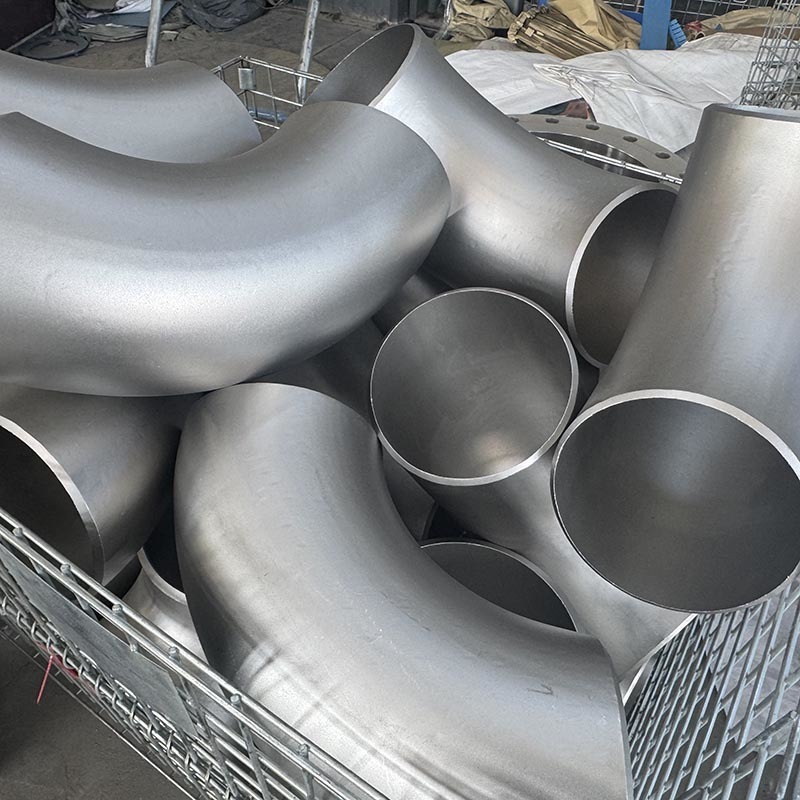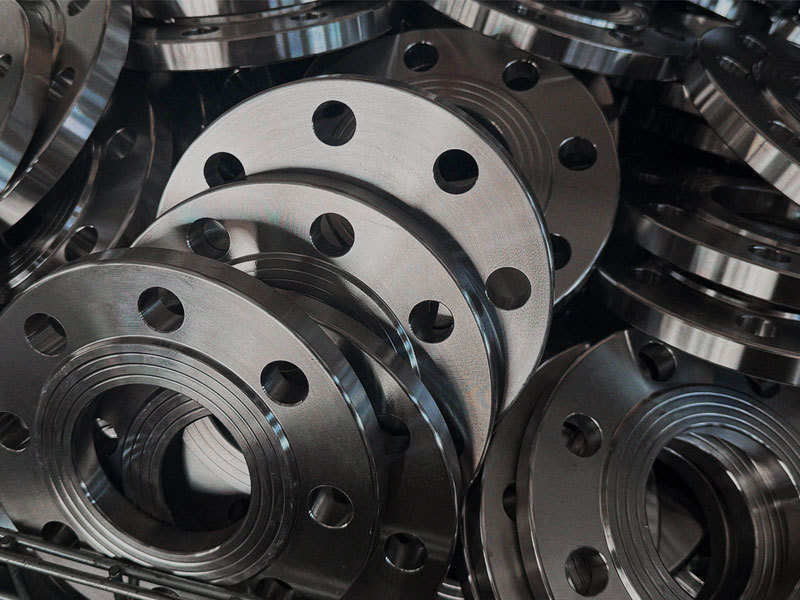The Science Behind Thermal Insulation Pipe Fittings: Maximizing Energy Efficiency in Construction
The Science Behind Thermal Insulation Pipe Fittings
In the construction and building materials industry, energy efficiency is a paramount concern. Among the various components contributing to it, thermal insulation pipe fittings emerge as an essential element. This article delves into the science behind thermal insulation pipe fittings, focusing on their types, materials, installation techniques,
The Science Behind Thermal Insulation Pipe Fittings
In the construction and building materials industry, energy efficiency is a paramount concern. Among the various components contributing to it, thermal insulation pipe fittings emerge as an essential element. This article delves into the science behind thermal insulation pipe fittings, focusing on their types, materials, installation techniques, and the benefits they offer for energy conservation.
Understanding Thermal Insulation
Thermal insulation refers to materials or systems that reduce the transfer of heat between objects. When applied to pipe fittings, it serves to minimize energy loss, thereby enhancing the overall efficiency of heating and cooling systems. The effectiveness of insulation is measured by its R-value, which indicates the material's resistance to heat flow.
Importance of Thermal Insulation in Construction
With rising energy costs and increasing environmental concerns, thermal insulation has become more critical than ever. Proper insulation not only reduces energy consumption but also enhances comfort levels within buildings. Efficient thermal insulation systems can significantly lower heating and cooling expenses, allowing for substantial long-term savings.
Types of Thermal Insulation Pipe Fittings
Various types of thermal insulation pipe fittings are available in the market, each designed to cater to specific needs and conditions. Here are some of the most common types:
1. **Flexible Insulation Fittings**: These are made from flexible materials that can adapt to various shapes and sizes of pipes, making installation easier in tight spaces.
2. **Rigid Insulation Fittings**: Typically made from materials like polystyrene or polyurethane, these fittings offer excellent thermal resistance and are ideal for high-temperature applications.
3. **Pre-Insulated Pipe Fittings**: These come with insulation pre-applied, providing a convenient option for contractors looking to save time and costs on installation.
4. **Acoustic Insulation Fittings**: Designed to minimize noise pollution, these fittings can be used in residential and commercial buildings where soundproofing is essential.
Key Materials Used in Thermal Insulation Pipe Fittings
The effectiveness of thermal insulation pipe fittings largely depends on the materials used. Various materials provide different levels of insulation, durability, and resistance to moisture and chemicals. Below are some of the most commonly used materials:
Polyurethane Foam
Polyurethane foam is a popular choice for thermal insulation due to its high R-value. It is lightweight, flexible, and can be molded into complex shapes, making it suitable for various applications. It provides excellent thermal resistance and is also resistant to moisture and chemicals.
Fiberglass
Fiberglass is another widely used material for thermal insulation. It offers good thermal resistance, is fire-resistant, and is relatively inexpensive. However, proper handling is essential, as fiberglass fibers can irritate the skin and respiratory system.
Mineral Wool
Mineral wool, made from natural or recycled materials, is known for its excellent thermal and acoustic insulation properties. It is non-combustible, making it a safe choice for high-temperature applications. Additionally, mineral wool is hydrophobic, meaning it resists moisture, preventing mold growth.
Polyethylene
Polyethylene foam is commonly used for insulating pipe fittings because of its excellent thermal and acoustic properties. It is resistant to moisture, chemicals, and UV radiation, making it an ideal choice for both indoor and outdoor applications.
Installation Techniques for Thermal Insulation Pipe Fittings
The effectiveness of thermal insulation depends not only on the materials used but also on the installation techniques employed. Proper installation is crucial to maximize the benefits of thermal insulation and ensure long-lasting performance.
Preparation of Pipes
Before installing thermal insulation pipe fittings, it is essential to clean the pipes thoroughly. Remove any dust, grease, or debris to ensure proper adhesion of insulation materials. A clean surface will improve the performance and longevity of the insulation.
Measuring and Cutting Insulation
Accurate measurements are vital when cutting thermal insulation materials. Measure the length and diameter of the pipe fittings and mark the insulation accordingly. Use a sharp knife or insulation saw to ensure clean cuts, reducing the risk of air gaps that may compromise insulation efficiency.
Securing the Insulation
Once cut to size, secure the insulation around the pipe fittings using adhesive or tape as necessary. Ensure that there are no gaps in the insulation, as these can lead to heat loss. For additional security, use insulation jackets or covers to protect the insulation from physical damage.
Conducting a Final Inspection
After installation, conduct a thorough inspection to ensure that all fittings are properly insulated and there are no visible gaps. This step is crucial to guarantee optimal thermal performance and energy efficiency.
Benefits of Using Thermal Insulation Pipe Fittings
Investing in thermal insulation pipe fittings offers numerous advantages for both construction projects and long-term energy savings. Here are some of the key benefits:
Energy Efficiency
Thermal insulation pipe fittings are designed to reduce energy loss, which directly translates to lower heating and cooling bills. By minimizing the amount of energy required to maintain comfortable indoor temperatures, these fittings contribute significantly to overall energy efficiency.
Improved Comfort Levels
Proper insulation helps maintain consistent temperatures throughout a building, enhancing occupant comfort. Insulated pipes prevent hot or cold spots, creating a more pleasant environment for residents and employees.
Environmental Benefits
By reducing energy consumption, thermal insulation pipe fittings play an essential role in minimizing carbon footprints. More efficient energy use leads to reduced greenhouse gas emissions, contributing to environmental sustainability.
Extended Equipment Life
Insulation helps protect HVAC systems and pipes from extreme temperatures, reducing wear and tear. This prolongs the lifespan of equipment, leading to fewer replacements and repairs over time.
Noise Reduction
Acoustic insulation fittings can significantly reduce noise pollution within buildings. This is particularly beneficial in commercial spaces, hospitals, and residential areas where noise control is a priority.
Cost Considerations for Thermal Insulation Pipe Fittings
While the initial investment in thermal insulation pipe fittings may seem high, the long-term savings in energy costs often justify the expense. It's crucial to consider factors such as the type of insulation material, installation costs, and expected energy savings when evaluating overall costs.
Return on Investment (ROI)
Investing in high-quality insulation can yield significant returns over time. Lower energy bills and reduced maintenance costs can offset the initial capital outlay, making insulation a sound financial decision for both residential and commercial projects.
Government Incentives
Many governments offer incentives and rebates for energy-efficient upgrades, including insulation improvements. Research local programs to determine if your project qualifies for financial assistance.
Frequently Asked Questions (FAQs)
1. What is the R-value, and why is it important?
The R-value measures a material's resistance to heat flow. A higher R-value indicates better insulation performance, making it essential for evaluating insulation materials.
2. How do I determine the right type of insulation for my pipes?
Consider factors such as the temperature of the pipes, environmental conditions, and specific application needs to select the most suitable insulation material.
3. Can I install thermal insulation pipe fittings myself?
While DIY installation is possible, hiring a professional ensures proper installation and maximizes the effectiveness of your insulation.
4. How often should insulation be replaced or upgraded?
Insulation does not typically require replacement unless damaged. However, upgrading may be beneficial if energy efficiency standards change or if renovations occur.
5. Are there any health risks associated with insulation materials?
Some materials, like fiberglass, may cause skin irritation or other health issues if not handled properly. Always follow safety guidelines during installation.
Conclusion
The science behind thermal insulation pipe fittings is crucial for achieving energy efficiency in construction. By understanding the types of materials, installation techniques, and benefits, homeowners and contractors can make informed decisions that lead to significant long-term savings. Proper insulation not only enhances comfort levels but also contributes to environmental sustainability, making it an indispensable component in modern construction practices. Investing in high-quality thermal insulation pipe fittings is a wise choice that pays dividends for years to come.
Key words:
PREVIOUS:
NEXT:












